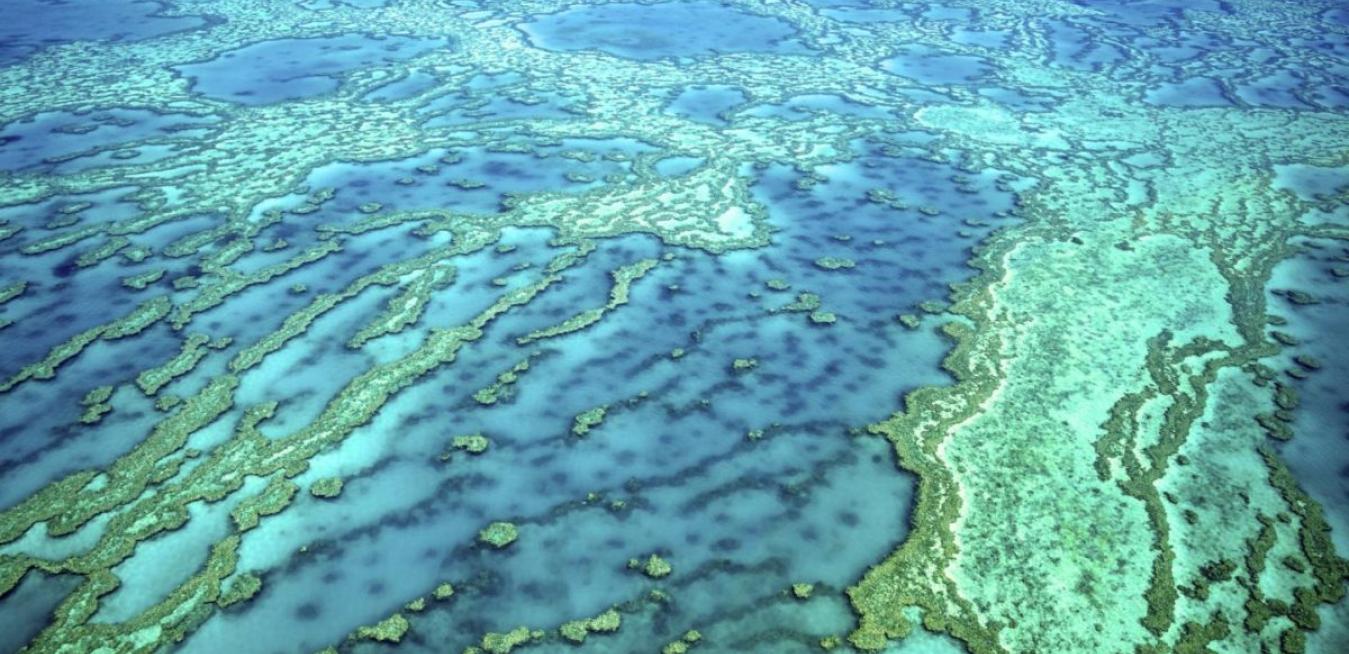Hugging the east coast of Queensland, Australia’s Great Barrier Reef covers 348,000 square kilometres, weaving in and out of island shallows, down to depths of 2,000 metres.
It boasts 900 islands, 2,500 individual reefs, 1,500 species of fish, 400 species of coral, 4,000 species of molluscs, and roughly 240 species of birds, which collectively form an ecosystem that’s vital to Queensland’s environment and economy.
However, warnings about the impact of contaminated water, climate change and invasive species are growing louder.
“Water quality, and behind that climate change, are among the main factors which are having an impact on the health and resilience of the reef,” said Dr Eva Abal, Chief Scientific Officer of the Great Barrier Reef Foundation, and Associate Professor of the Water Initiative at the University of Queensland.
Particles, nutrients and pesticides are among the greatest threats, a fact that’s inspiring farmers and various industries to change land management practices.
For example, Eva says fencing off waterways or using vegetation as a natural barrier can stop sediment running down through creeks and rivers, and out into the ocean.
Another challenge facing the reef is coastal development and population. Increased industry and population means increased wastewater.
Water filtration plants in Cairns and Townsville are using GE ZeeWeed membrane technology to catch minuscule particles of sediment, microbes and bacteria as small as 0.04 microns wide, before they reach the reef.
These three plants can purify up to 190 million litres of wastewater per day.
“The water coming out of these plants doesn’t contain any solids, which further reduces the discharge of nutrients which endanger the reef, because these are often attached to solids,” said Chris Harpham, APAC Regional Technology Leader for GE Power & Water.
“This ZeeWeed water filtration process also removes the vast majority of the pathogens because they are too large to penetrate the membrane.”
Water filtration in both urban and regional areas will be one of the important strategies needed to preserve the Great Barrier Reef in the decades ahead.
“You can’t compartmentalise the threats and say ‘it’s just about climate change, or just about water quality,’ because all of these factors are having an impact,” Dr Abal said.
“One thing we do know is that by reducing one threat we improve the likelihood that the reef will respond well in the face of other threats, protecting the reef by making it more resilient.”
Sifting through ZeeWeed: How it works
GE ZeeWeed technology is based on nylon fibre membranes coated with a synthetic resin called polyvinylidene difluoride. This creates a super fine, but highly stable membrane, that moves in the water like seaweed in the ocean.
The ZeeWeed membrane has perforations 400 times smaller than the diameter of a human hair, which let water through while capturing sediments, pathogens, protozoa and bacteria.
The membranes are cleaned every 10–15 minutes using a reverse flow and aeration technique that pushes cleaned water back through the membrane to clear the surface of the microscopic debris it’s designed to capture.
See how it works in the below video:





